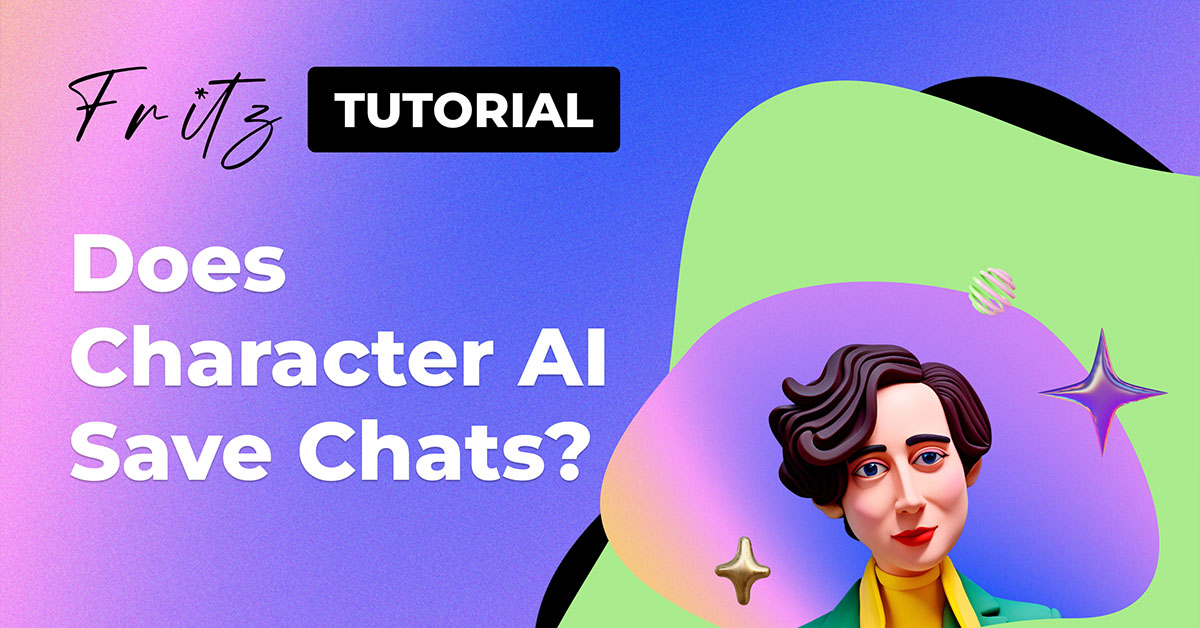In this Builder.io review, I’ll be introducing you to a tool designed to help anyone build more effective digital experiences.
Any ecommerce company has to change its storefront on a regular basis to ensure that accurate inventory and updated information is always visible.
Unfortunately, launching a new product and testing homepage placements and redesigns often requires the need to work with developers for guidance. This means it can be a lot more difficult for smaller companies to update their website or application at the right speed.







